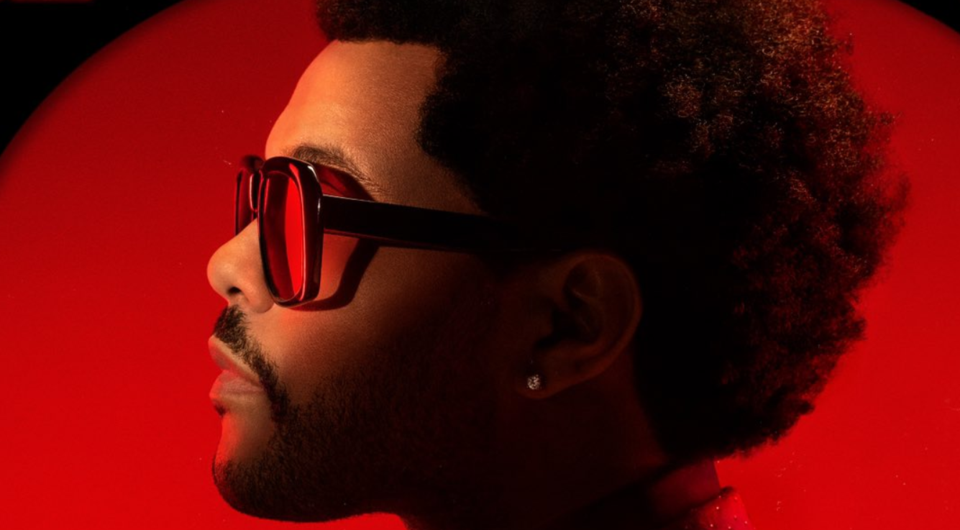Remember MTV and Much Music?
They’re still around but they dropped playing music videos a long time ago, in favour of reality shows and other programming geared at teenagers and young adults.
Back in the 1980s and 1990s, however, these networks were where Americans and Canadians went to watch the latest music videos from the stars of the day.
There has always been a desire to use technology and other forms of media to bring musicians and their music closer to listeners. From vinyl records to 8-tracks to cassettes to CDs to MP3s to streaming, the focus has always been to make the music more easily accessible to the audience. Radio, film and television became other ways to connect.
While many musicians (and their labels) saw the rise of videos and the shows and networks to air them as simply tools to build an image, promote themselves and sell more records, others saw the artistic potential of blending film and music into a seamless sound and vision experience. The advent of cable and satellite TV allowed for specialty channels and musicians rushed in with content, good, bad and otherwise.
For the fans, it was wonderful in the early 1980s to not only listen to Michael Jackson’s Billie Jean, Duran Duran’s Hungry Like The Wolf or Madonna’s Like A Virgin but to see them perform it (without having to see them in concert) and then emulate their fashion and style.
By the turn of the century, however, the thrill was gone. The market had been flooded with a lot of bad, cheaply produced videos, musicians lost interest in making them, especially once they became established, and fans fled the format.
Yet music videos continued to be made in the background. Artists across musical genres continued to explore its potential, working with innovative directors, writers, designers and animators. Occasionally, a music video would crack the mainstream in the 2000s. Think Johnny Cash’s Hurt, Seven Nation Army by the White Stripes and Fatboy Slim’s Weapon Of Choice.
That last video is particularly interesting because is it a Christopher Walken comedy piece with wild special effects or is it a Fatboy Slim song? It’s both. The video makes the song and the song makes the video. Taken in isolation, neither is as good without the other.
YouTube helped bring music videos back. Musicians can have dedicated channels, fans can subscribe to them and YouTube pays the artists for the traffic. Streaming music services followed suit, offering both songs, videos and even entire live concerts.
Now Netflix and Amazon Prime are in the music video, artist documentary and live concert business, too. And artists like The Weeknd are pushing the boundaries. His 34-minute The Dawn FM Experience video features a “live” vocal performance (more on that next week) that stands as its own artistic statement, without the accompanying album, but also serves as a preview for the amazing musical theatre experience fans can expect when they go see him on this summer’s stadium tour, which includes an August stop at B.C. Place in Vancouver.
This week’s playlist starts with two Northern B.C. music videos references. First, End of the Road by Crown Lands, a beautiful but tragic piece about the Highway of Tears, followed by Grammy Award winner Alex Cuba driving a cute little convertible on a beautiful spring day near Smithers with the gorgeous snowy Coast Mountains in the background for his song I Think Of You.
Stream to your TV and sound system for full effect. You can find the playlists on Apple Music (no commercials) or YouTube (with commercials, unless you’re a subscriber).
Did I miss some songs and videos you think should have made the list? Drop me a line.

